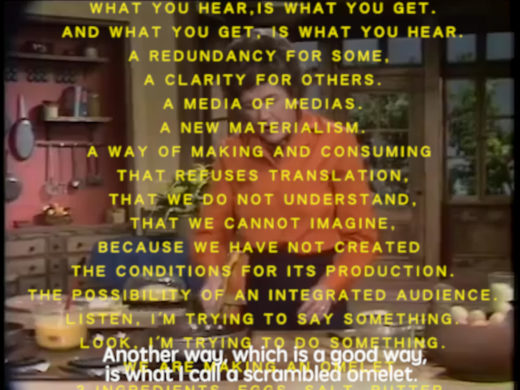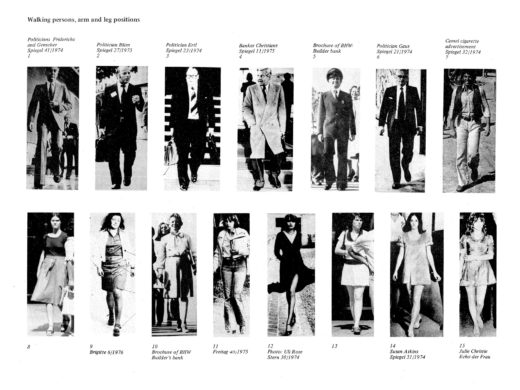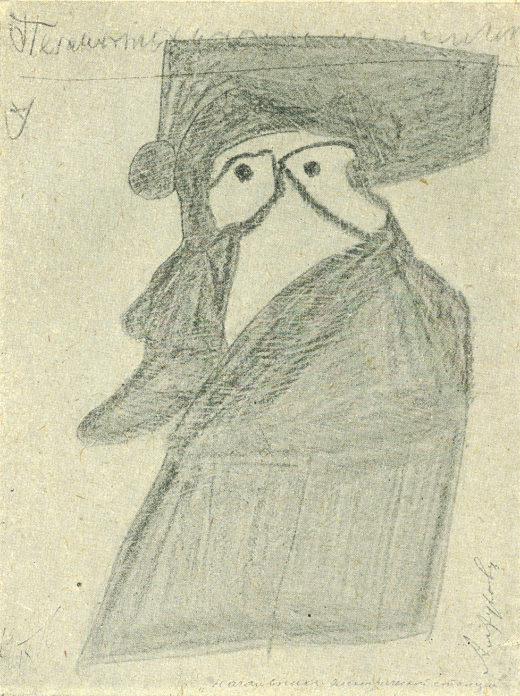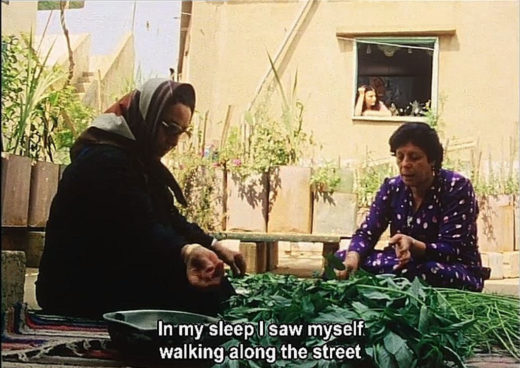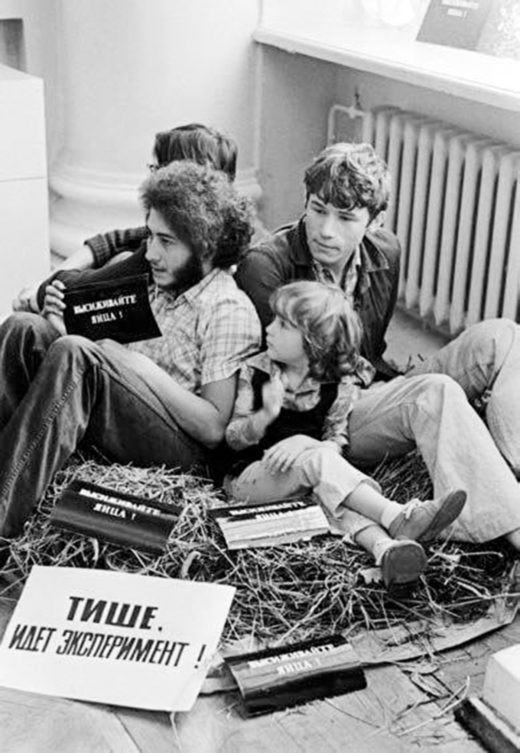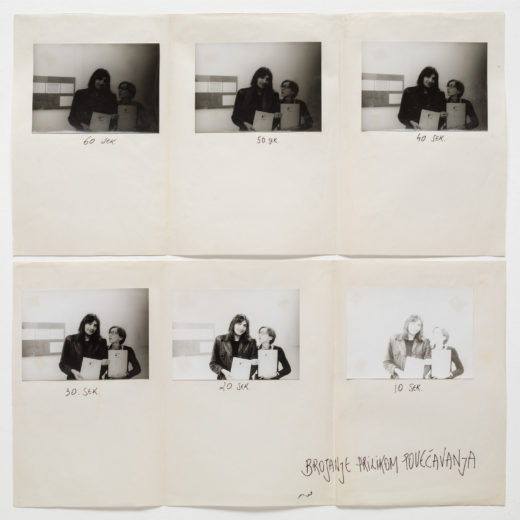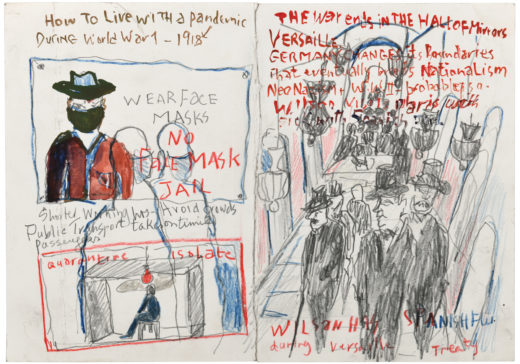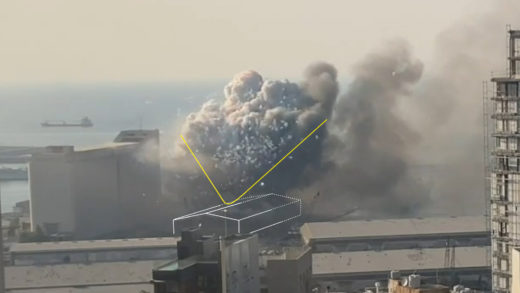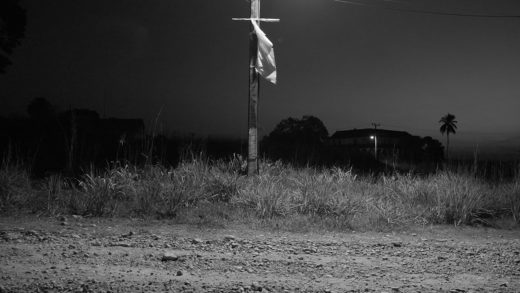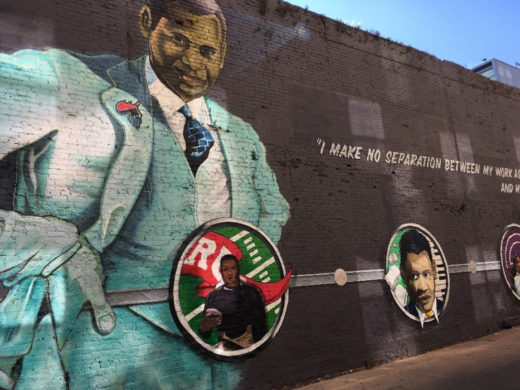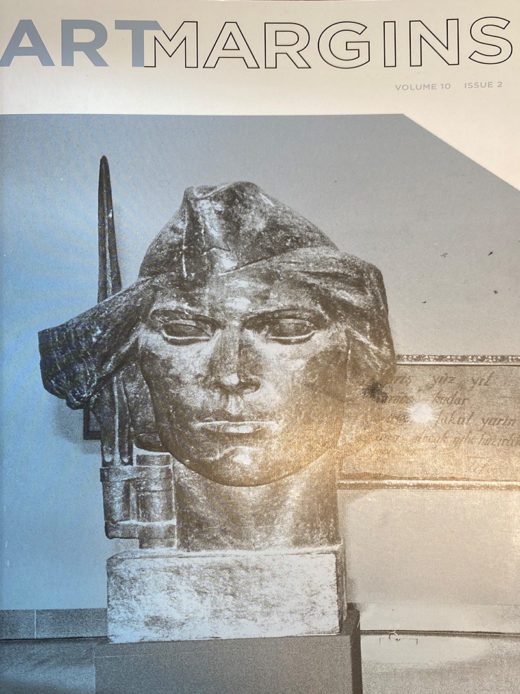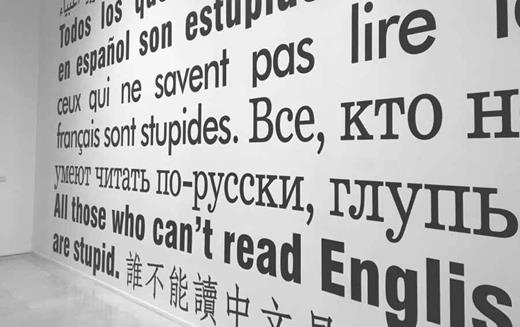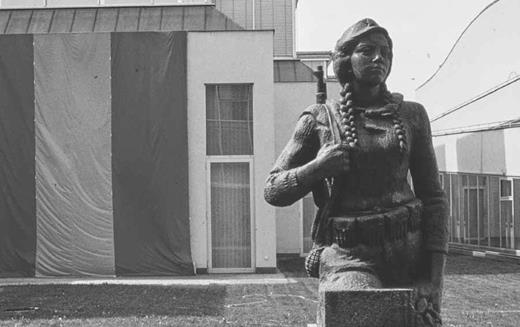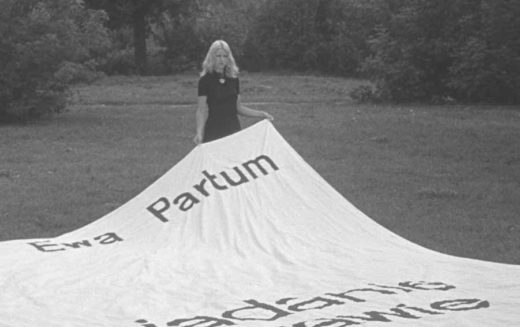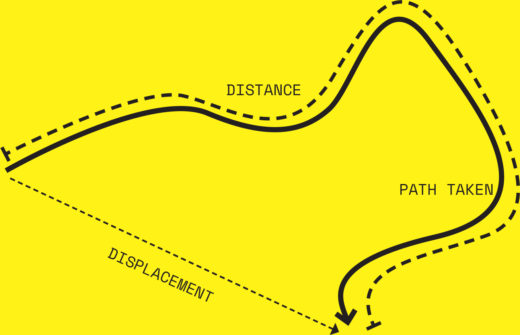Scenes of Access, Politics of Difference
Since the passing of the Americans with Disabilities Act in 1990, museum reformers have struggled to comply with the federal codes for accessibility. This essay accounts for the ambitions and limitations of these debates around access in the museum that were caught in the double bind between public expectation and private market forces, ultimately giving rise to a particular type of bottom-up reform organized around parametric gradients and attitudinal shifts. It does so by juxtaposing manuals for museum educators from the 1990s with artworks by New York City–based artists such as Carolyn Lazard, Jordan Lord, and Park McArthur who all … Read more

